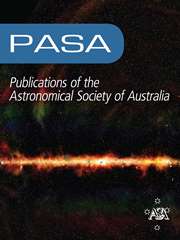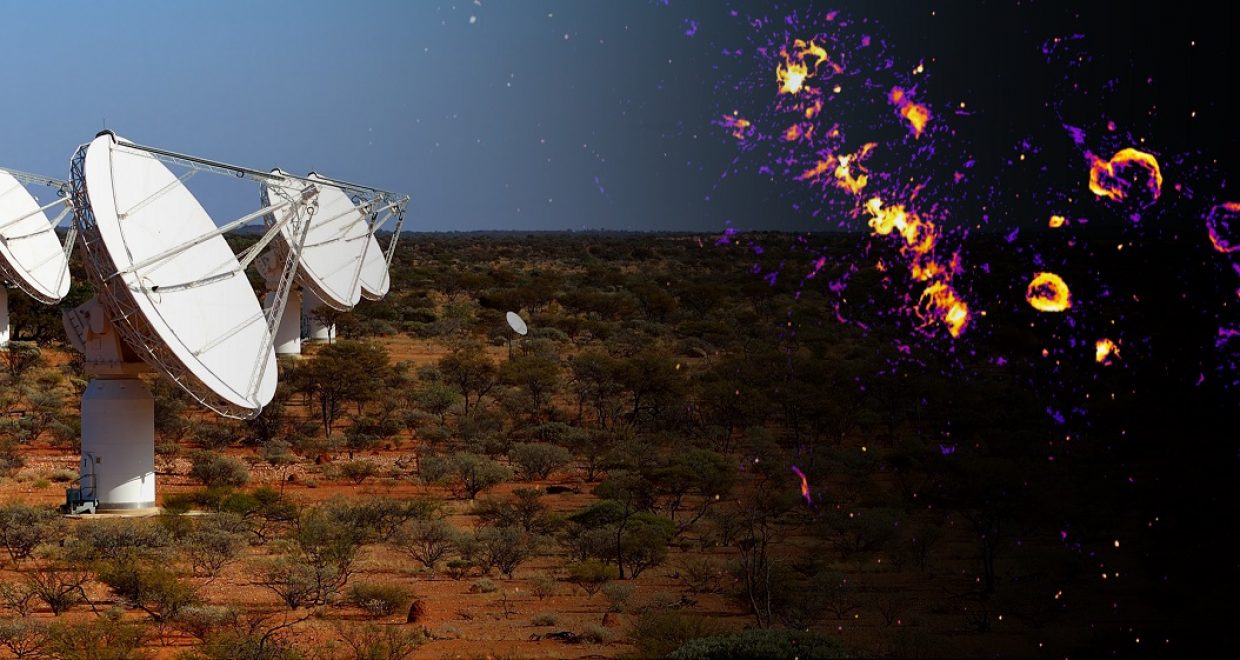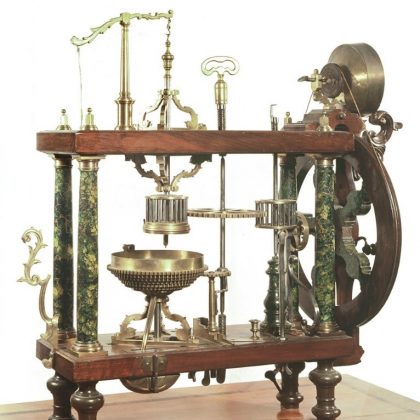A very fast survey of the radio sky: The Rapid ASKAP Continuum Survey (RACS)
The Rapid ASKAP Continuum Survey (RACS) is exactly that: rapid, taking just 300 hours with the new Australian SKA Pathfinder radio-telescope. It covers all of the sky visible from the telescope’s site in Western Australia.
Like terrestrial maps, astronomical sky surveys have many different uses, such as input to statistical studies of population and distribution of certain classes of object, or as a source of new information on a particular object already under study. In general, a radio survey like RACS provides information that complements surveys made at other wavelengths like optical light or x-rays.
Most large radio telescopes are designed to inspect distant objects in the Universe with as much sensitivity as money can buy. Large surveys of wide areas of sky are usually left until the telescope’s middle age when its performance is better understood and large surveys can be conducted with good uniformity. But such surveys are laborious and time-consuming, ASKAP – the Australian SKA Pathfinder is different; it was designed from the ground up to rapidly image the whole sky. ASKAP is new; the finishing touches are still being added. It is almost ready to conduct the all-sky surveys for which it is intended, but it is young and lacks the maturity of middle age.
Enter RACS – the Rapid ASKAP Continuum Survey – conducted as an initiation to push this youthful telescope rapidly towards adulthood. The 300 hours of observations needed for RACS were spread over 14 months. The time between observing sessions was used for improvement of telescope and computing systems, and the image quality improved markedly over the course of the survey.
The secret to ASKAP’s survey speed is its very large field-of-view, achieved by using small (12-metre diameter) antennas and the use of innovative technology more akin to a digital camera than a traditional radio-telescope. A comparison between RACS and the NVSS (NRAO VLA Sky Survey) illustrates the power of a large field-of-view: the two surveys covered the same fraction of the celestial sphere, RACS was completed with just 903 separate observations whereas the NVSS needed 217,446! RACS is a little more sensitive than NVSS, but NVSS used 2700 hours of telescope time and RACS used 300 hours.
Relative to earlier wide-area radio surveys, RACS is both more sensitive and has higher resolution. The extra detail available means that the final map has 70 billion pixels, equivalent to a map of the world from South Pole to the latitude of Beijing, Barcelona or Boston with 90 metre pixels. Continuing with that analogy, the NVSS is equivalent to a world map from North Pole to the same southern latitude (Tasmania or Wellington NZ), but much coarser with 400 metre pixels.
The improved sensitivity reveals fainter and therefore often more distant objects. The final counting and cataloguing of objects visible in the RACS images will be completed in 2021, but their number is estimated at 2.8 million. Most of these are galaxies, many appearing as unresolved points of (radio) light. The number of new objects in the RACS images (not seen in any earlier surveys) is estimated to exceed one million.
The RACS images and catalogue will be a valuable resource and reference for astronomers using new generations of telescope: ASKAP itself, MeerKAT in South Africa and ultimately the SKA

https://doi.org/10.1017/pasa.2020.41
Article title: The Rapid ASKAP Continuum Survey I: Design and First Results
Lead authors: David McConnell, Catherine Hale and Emil Lenc.






